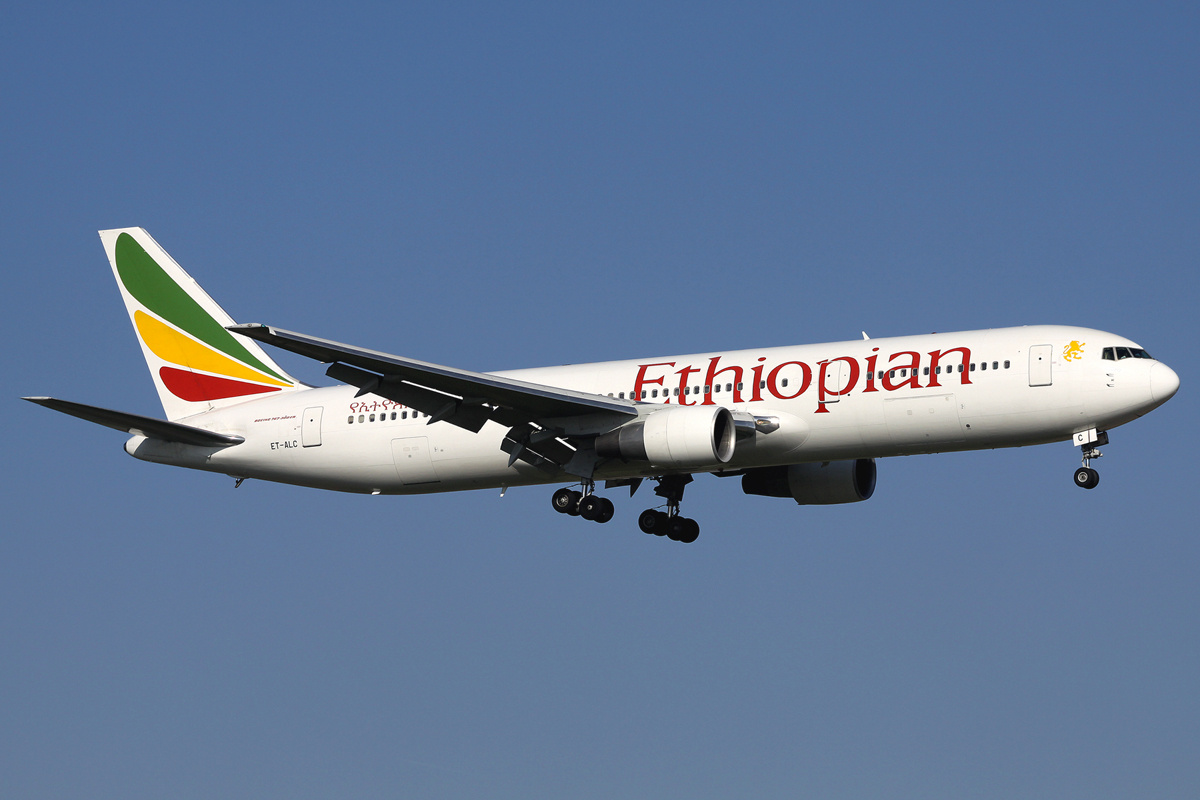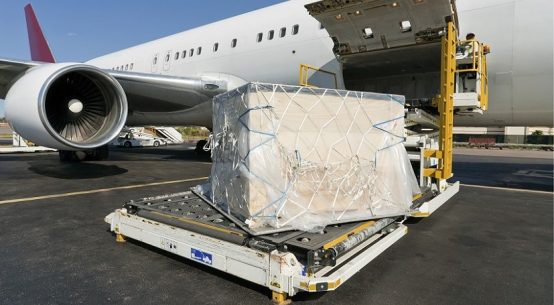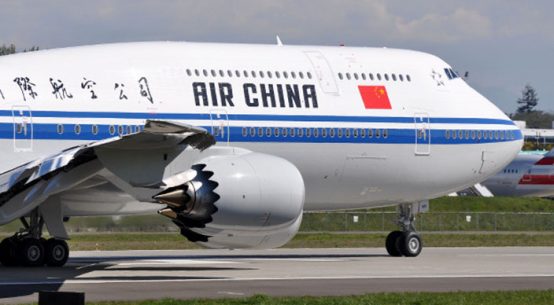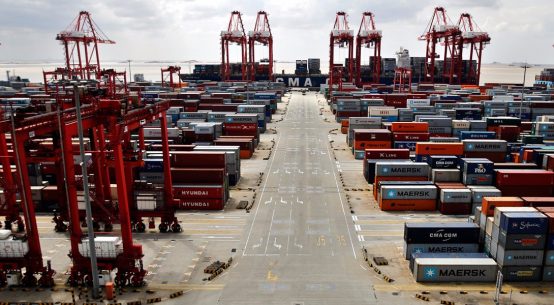
The International Air Transport Association (IATA) has announced global passenger traffic results for July showing strong but moderating demand growth. Estimates by IATA, the global clearing house for over 275 major airlines in the world, indicated a total revenue passenger kilometers (RPKs) rise by 6.8 per cent, compared to the same month last year, down from 7.7 per cent year-over-year growth recorded in June.
African airlines experienced a 6.5 per cent increase in traffic compared to a year ago, down from 9.8 per cent demand growth in June. Capacity rose by 1.7 per cent, and load factor jumped 3.4 percentage points to 74.1 per cent.
According to IATA, conditions in Nigeria and South Africa, the region’s two largest economies continue to diverge. Whereas South Africa remains in recession, business confidence levels are at a two-year peak in Nigeria with impacts on the air travel market.
All regions reported solid or better growth in passenger volumes over the past year. Capacity (available seat kilometers or ASKs) increased by 6.1 per cent, and load factor rose 0.6 percentage points to a July record of 84.7 per cent.
IATA’s Director General and Chief Executive Officer (CEO), Alexandre de Juniac, said as was evidenced by the record high load factor in July, the appetite for air travel remains very strong. However, “the stimulus effect of lower fares is softening in the face of rising cost inputs. This suggests a moderating in the supportive demand backdrop,” he said.
European carriers posted a 7.5 per cent rise in traffic for July compared to a year ago, down from 8.8 per cent annual growth in June.
Capacity rose by 5.9 per cent, and load factor climbed 1.3 percentage points to 88.7 per cent, highest among the regions. The economic backdrop in Europe has strengthened; however, on a seasonally-adjusted basis, the upward growth in travel demand has moderated sharply since February.
Asia-Pacific airlines’ July traffic rose 5.9 per cent over the year-ago period, a deceleration compared to June growth of 8.8 per cent. As with Europe, carriers in the Asia-Pacific region are seeing a slowing of demand growth. Capacity increased by 6.7 per cent and load factor slipped 0.6 percentage points to 81.0 per cent.
Middle East carriers had a 4.5 per cent increase in demand for July. This was an acceleration from the 3.6 per cent annual growth seen in June, but was still well off the five-year average pace of 11.2 per cent.
De Juniac said: “As the first full month in the summer peak travel season, July is a bellwether month, and demand continues to be very strong. People want to travel and aviation connectivity is vital to the smooth functioning of the global economy.
“But the economic and social benefits that aviation brings need to be supported by adequate, affordable airport and air traffic management infrastructure. To do this effectively, governments must include aviation’s requirements as part of their national economic strategy,” he said.








